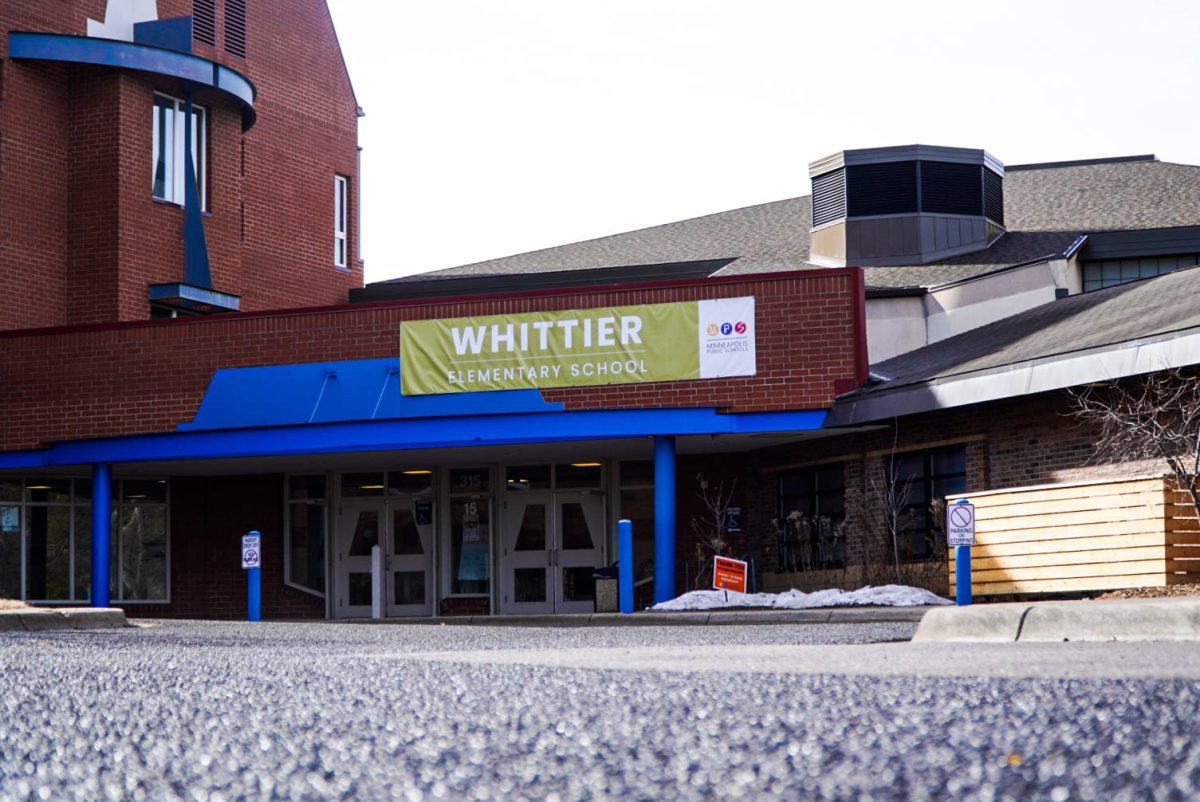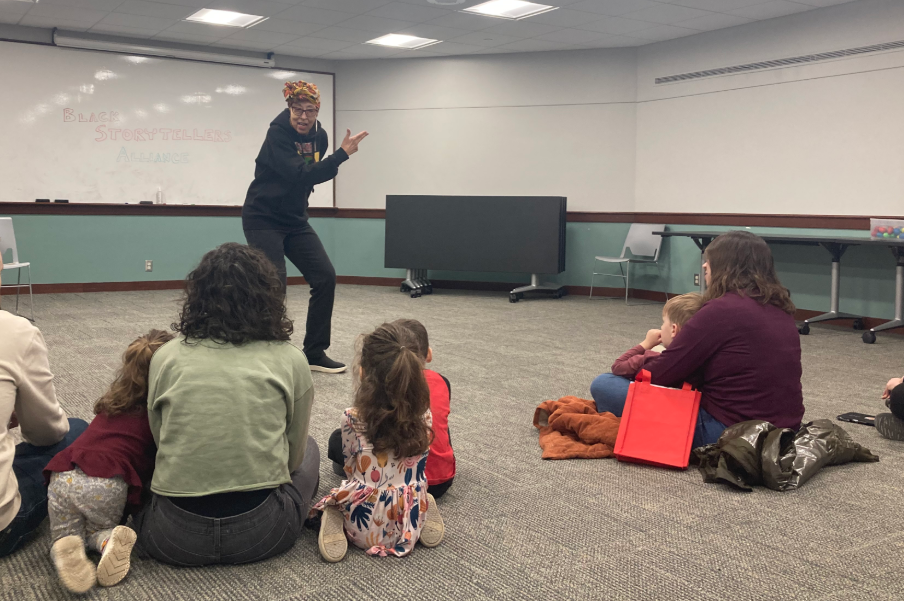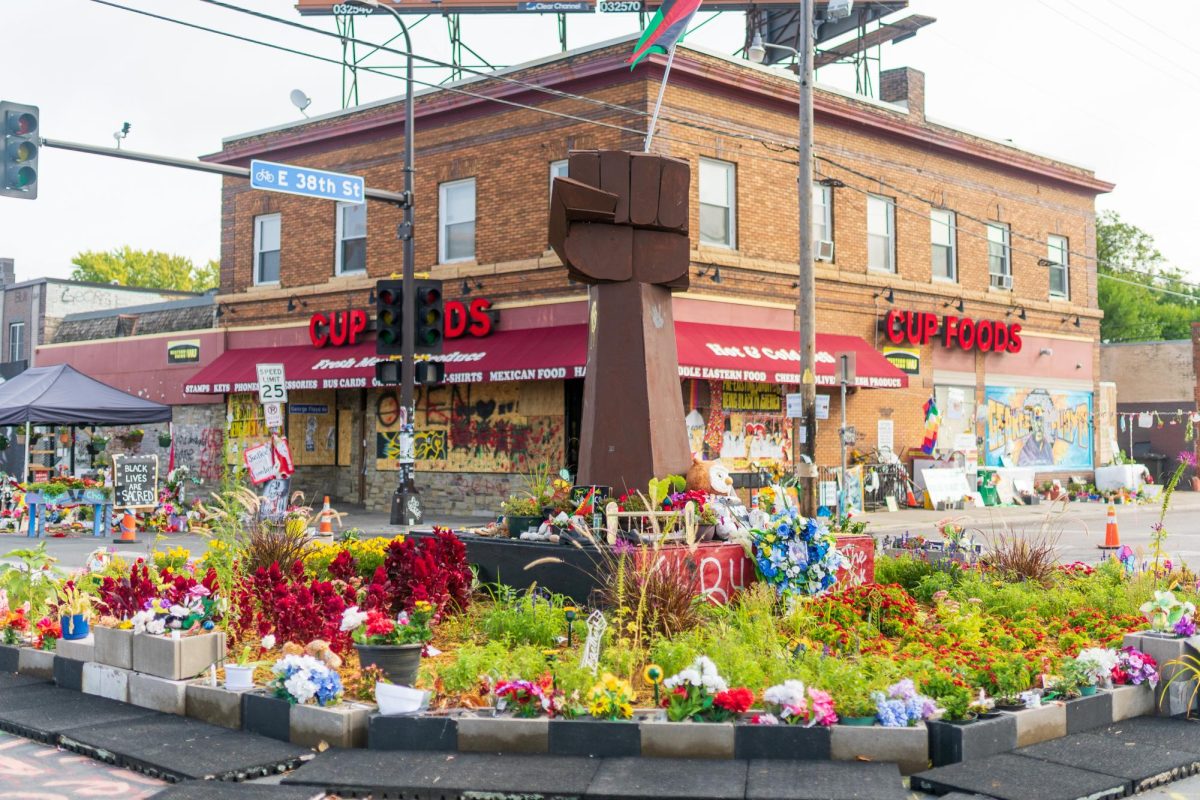University of Minnesota officials unveiled a hefty request for state funding Thursday that would go toward the campus system’s growing infrastructure needs.
The University’s 2020 capital request presented at the Board of Regents’ first meeting of the academic year asks the Legislature for $317.2 million in funding. The proposal contains holdovers from last session’s request, which went unfulfilled after a capital bonding bill failed to materialize in the Senate. The bill would have funded infrastructure projects statewide.
Among the unfunded projects were $29.2 million for the Institute of Child Development building on the Twin Cities campus, $4.4 million for the Duluth campus’ A.B. Anderson Hall and $200 million for Higher Education Asset Preservation and Replacement funding to improve the University’s existing infrastructure. These projects are now included in the 2020 request.
“It pushed some of our needs to this year, so our needs are greater than they were last year,” said Regent Darrin Rosha.
An additional $65.6 million for renovations to University chemistry department facilities on the Twin Cities campus and $18 million for improvements and new construction of multiple health sciences buildings are also included in the request.
“[The request] reflects that we need to keep our infrastructure in the best possible state and invest in those holdings in order to have a maximized and optimal student experience,” said University President Joan Gabel at the meeting.
Sen. David Senjem, R-Rochester, chair of the Senate Capital Investment Committee, said the University and the Minnesota State Colleges and Universities system have traditionally competed for inclusion in past bonding bills. While both have been favorites at the Capitol, dollars are stretched thin due to more than $5 billion in requests from stakeholders statewide, he said.
“The competition for those dollars is tremendous and we’ll try to be fair,” Senjem said. “This is not a candy jar full of money — we’ve got to, frankly, work within our budget.”
Bonding bills are traditionally passed in even-numbered years, though smaller funding packages have been considered in odd-number years in the past.
In the last bonding year in 2018, former DFL Gov. Mark Dayton’s final proposal as governor included an additional $60 million on top of the University’s full request. But, in the final bill, the University saw about one-third of its $238.5 million request granted by the state, including $45 million of its $200 million HEAPR ask.
Brian Burnett, the University’s senior vice president of finance and operations, told regents that budget officials in DFL Gov. Tim Walz’s office were “receptive” to the request in preliminary discussions.
Senjem said he anticipates Walz’s proposal will be “aggressive” in his first bonding year given how large his two-year budget proposal was last session.
“I would expect the governor will come in aggressively with respect to a big proposal based on last year, and Gov. Dayton’s traditions,” Senjem said.
The Board of Regents will meet in October to vote on the capital request.








